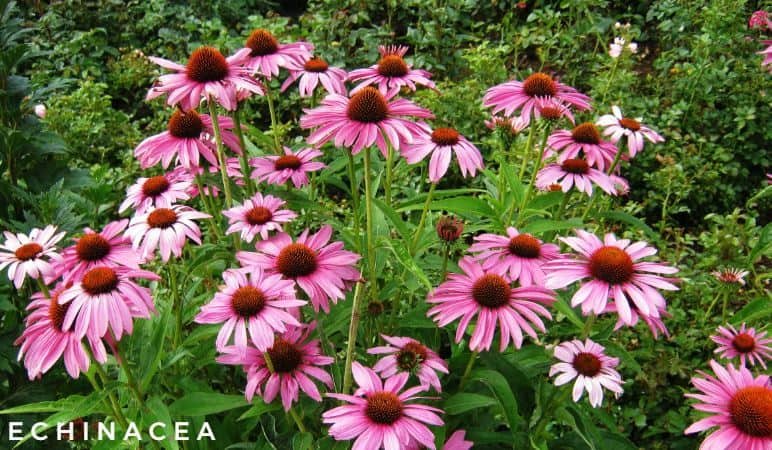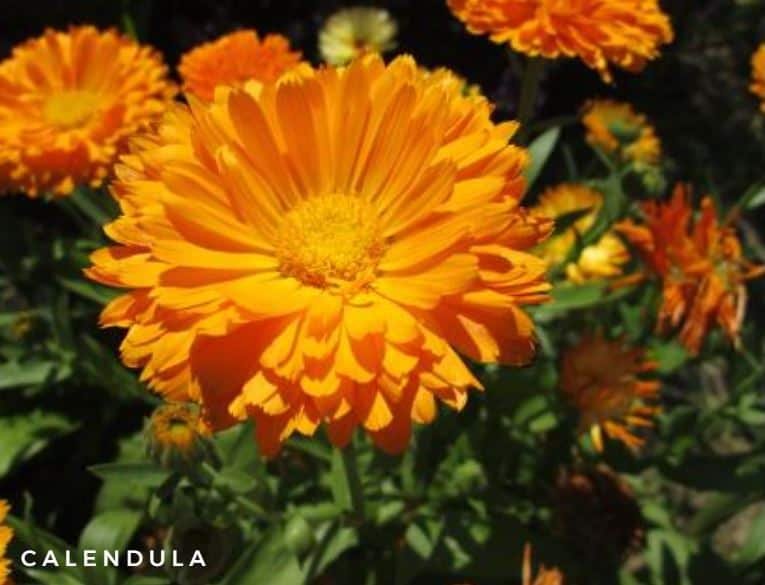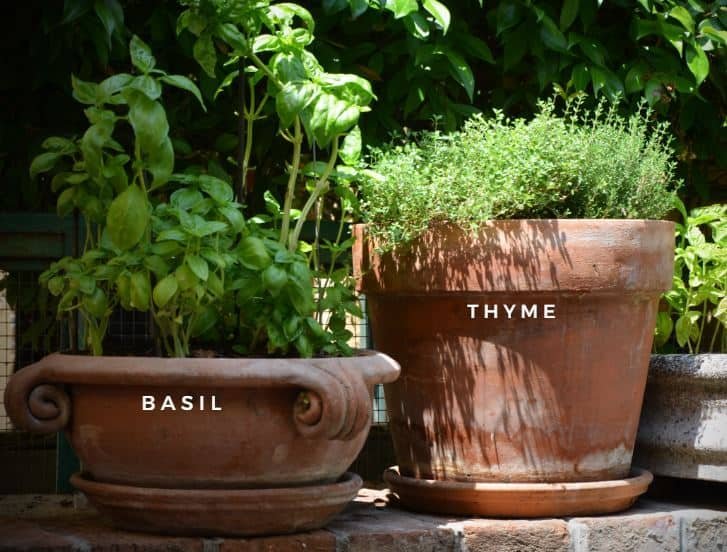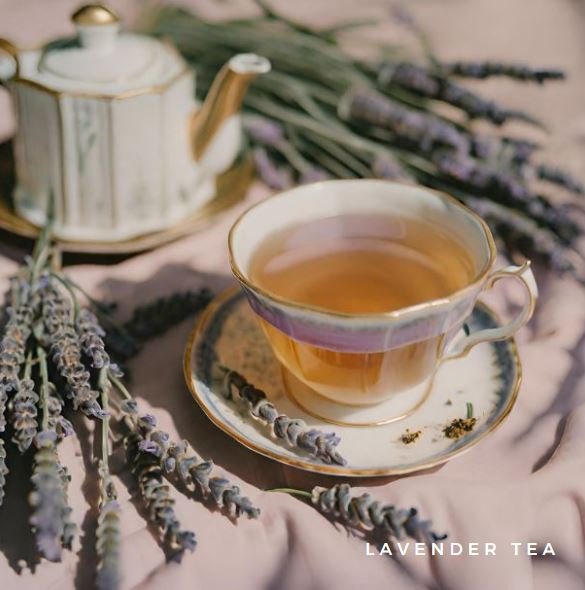Have you ever wondered how your lush herb garden could be an unsung hero in the journey toward optimal health? As more research unfolds on the vital role the gut microbiome plays in overall well-being, the importance of natural, anti-inflammatory herbs cannot be overstated. From immune-boosting echinacea to anti-fungal thyme, your herb garden is not just a culinary playground but a medicinal cornucopia. These plant wonders work with your gut, fortifying your internal ecosystem and bringing you a step closer to holistic health. Read on to explore how herb gardens are the ultimate ally for a thriving gut microbiome.
The Harmony of Herb Gardens and Gut Health: A Symbiotic Relationship

In today’s world, where the phrase “self-care” is often associated with spa days or retail therapy, the humble herb garden offers a more enduring and holistic form of well-being. Think about it: tending to your herbs allows you to unplug, practice mindfulness, and engage in physical activity, all of which are fundamental elements of self-care. Herbs like Lavender and Chamomile can be used in stress-relieving teas or baths, while others like Rosemary and Basil can elevate your culinary endeavors, adding not just flavor but also health benefits to your meals.
Enter the overgrowth supervillain, Candida. Herbs like Echinacea, Ginger, and Thyme are heroes for their anti-fungal properties, making them valuable additions to your Candida-fighting arsenal. Incorporating these herbs into your daily routine can offer a natural, effective way to manage Candida levels, further emphasizing how an herb garden is an indispensable tool in your self-care kit.
Herb Gardens And Cheap Remedies For Candida (vaginal yeast) – A Common Thread

Herb gardens and cheap remedies for Candida have one common thread: They both “grow” solutions to yeasty problems! Herbs are a veritable storehouse of medicinal properties, often providing affordable and effective remedies for various health conditions. One such issue is the overgrowth of regular yeast and vaginal yeast, also known as Candida. Certain herbs have shown promise in not only treating these conditions but also in preventing them.
Regular Yeast Management
- Basil: Rich in anti-inflammatory and anti-fungal properties, basil can help control the spread of yeast in the body.
- Calendula: Known for its anti-fungal abilities, calendula can effectively combat yeast infections, both topically and internally.
- Lemon Balm: This herb’s antiviral properties make it a useful agent in inhibiting yeast overgrowth.
For Vaginal Yeast (Candida)
- Echinacea: This immune-boosting herb helps the body fend off microbial invasions, including Candida.
- Ginger: A natural anti-fungal, Ginger enhances the body’s ability to combat yeast infections.
- Lavender: Lavender not only smells divine but also possesses strong anti-fungal properties that help fight Candida.
- Thyme: This herb contains thymol, an ingredient known for its anti-fungal action, making it effective in treating yeast infections.
By understanding their unique properties and implementing them into a daily routine, individuals can harness nature’s wisdom in managing and preventing these unpleasant conditions. Remember to consult with healthcare professionals or herbalists to find the best way to utilize these herbs in your specific situation. Combining the right herbs with a balanced lifestyle and proper medical care can pave the way for a future free from Candida.
Herb Gardening – These Planting Tips Will Grow On You

Planning is everything when it comes to having a perpetual supply of fresh herbs at home. Some noteworthy tips to consider are determining when is the best time to plant, identifying which herbs flourish indoors or outdoors, and whether certain herbs need a home in the ground or if potting is okay.
For example, of the herbs listed above, only one would be happiest planted outdoors and in the ground: Echinacea. Its seeds can be sown in Spring or Fall, and since their roots run deep, making them transplant-averse, identifying and dedicating a spot in the yard or garden should be the first order of business.
The remaining herbs on the list will flourish both in the ground or in pots and will thrive indoors or outdoors. Although every plant requires attention to meet its unique needs, some characteristics are similar, like planting timeframes. For instance, Calendula and Thyme can be planted in the Spring, Lemon Balm in late Spring, Lavender from Spring to early Summer, and Ginger from Spring through Fall.
Herb Gardening – Reaping The Benefits

In summary, leveling up your self-care routine is just a garden bed away. Imagine sipping on homegrown herbal teas infused with your own Echinacea and Thyme, applying essential oils extracted from your garden’s blossoms, or even creating natural supplements that help boost your immune system and bring you peace of mind. The possibilities are as boundless as nature itself. So why not plant your very own “anti-yeast” garden? Not only will you be reaping the health benefits, but you’ll also enjoy the process of growing your own natural remedies. Buy your seeds now.
“The food you eat can either be the safest and most powerful form of medicine or the slowest form of poison.”
~Ann Wigmore
MEDICAL DISCLOSURE
I am not a doctor. The content on this blog post is for entertainment purposes only. Consult with healthcare professionals or herbalists to understand the proper dosage and method of consumption for your specific needs. Herbs are potent, and improper use can lead to adverse effects. With appropriate guidance, these herbal allies can be a valuable part of a proactive healthcare routine.
AFFILIATE DISCLOSURE
This post contains affiliate links that if clicked, may yield a small commission.
candida, Cheap remedies for candida, organic remedies for candida, natural remedies for candida, candida at home remedies, how to cure candida at home fast, yeast infection home remedies, natural remedies for yeast infection, home remedies for yeast infection in women, natural yeast infection cure, get rid of a yeast infection at home, natural yeast infection treatments, get rid of yeast infection naturally, cure a yeast infection at home fast, home remedy for vaginal yeast infection, Candida diet plan, Coconut oil yeast infections, Coconut oil yeast infection treatment, Coconut oil for candida in gut, Coconut oil for candida overgrowth, Home remedies for vaginal itching, herbs for candida die-off, garlic kills candida, eating garlic for yeast infection, tea tree oil yeast infection, how to cure candida naturally and permanently, kills candida fast, candida cure, get rid of candida naturally, fight candida, remove candida from body, natural cures for candida, natural remedies for candida, herbal remedies for candida, holistic treatment for candida overgrowth, herb garden, fresh herbs, perennial herbs, plant herbs, harvest herbs, annual herbs, growing herbs, most herbs, own herbs, herb plant, raised bed, herbs grow, many herbs, grow herbs, herb plants, herb seeds, flowering herbs, culinary herbs, other herbs, perennial herb, most culinary herbs, raised garden bed, pizza herb, cilantro seeds, growing annual herbs, raised beds, tiny plants, own container, terra cotta pots, fresh compost, well draining soil, grow from seed, easiest herbs, mint family, moist soil, sow seeds, growing season, dried herbs, drainage holes, container gardening, tender perennials, grow indoors, beneficial insects, earthy flavor, clay soil, pasta sauce, grow mint, hours of sunlight, herb gardens, small pots, grow basil, herbs, cold hardy, too much sun, large container, best herbs, other plants, root ball, easiest plants, smaller plants, growing space, delicious leaves, same depth, plants, garden, organic matter, life cycle, herb, plant, seeds, herbs such as basil, new gardeners